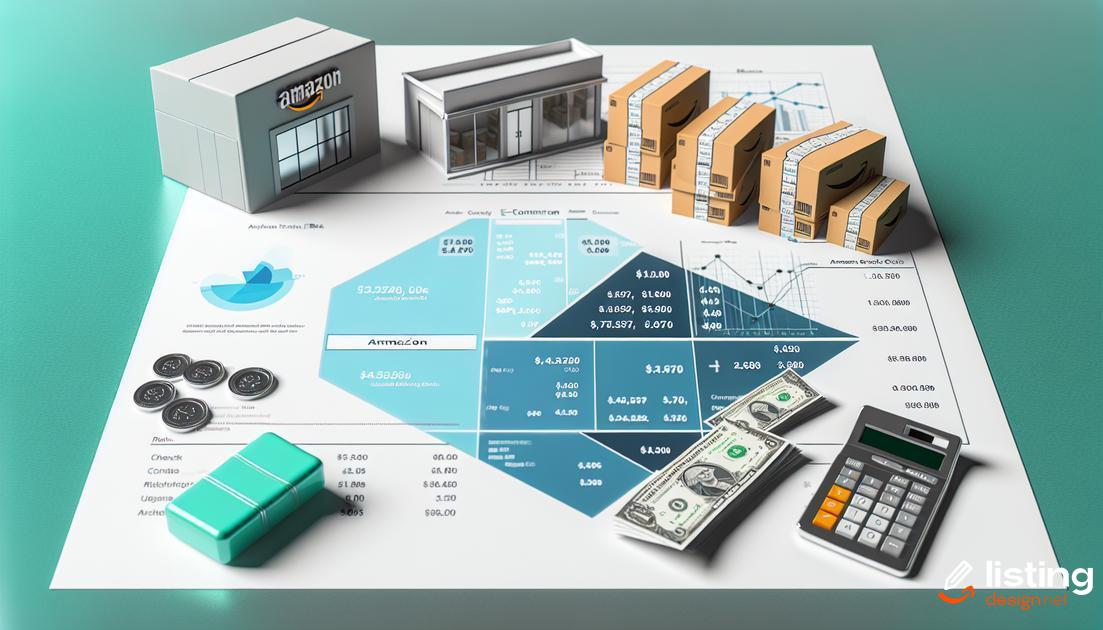Dedicated to selling on Amazon? You might wonder about the expenses involved with Amazon FBA cost. Understanding these costs is crucial to maximizing your profits and managing your business efficiently. Here’s a comprehensive guide to help you navigate the various expenses and make informed decisions. We’ll explore everything from fulfillment fees to hidden charges, and provide tips on how to reduce your Amazon FBA costs effectively.
Table of Contents
What is Amazon FBA?
Amazon FBA, which stands for Fulfillment by Amazon, is a service offered by Amazon that allows sellers to outsource their order fulfillment processes. This includes storage, packaging, and shipping of products to customers.
Sellers send their inventory to Amazon’s fulfillment centers, where the products are stored until a customer places an order. When an order is made, Amazon handles picking, packing, and shipping the products to the customer. This service not only simplifies the logistics for sellers but also makes their products eligible for Amazon Prime, offering faster shipping options to customers.
Key Benefits of Amazon FBA
- Prime Eligibility: Products listed with FBA are eligible for Amazon Prime, which can significantly boost sales due to faster and free shipping options for Prime members.
- Customer Service: Amazon FBA includes customer service and returns handling, freeing sellers from dealing with these time-consuming tasks.
- Global Reach: Sellers can take advantage of Amazon’s extensive fulfillment network, allowing them to reach customers globally with minimal hassle.
Amazon FBA can be a game-changer for businesses looking to scale their operations and improve customer satisfaction. It’s essential for sellers to understand the various aspects and costs associated with this service to make informed decisions.
Breakdown of Amazon FBA Fees
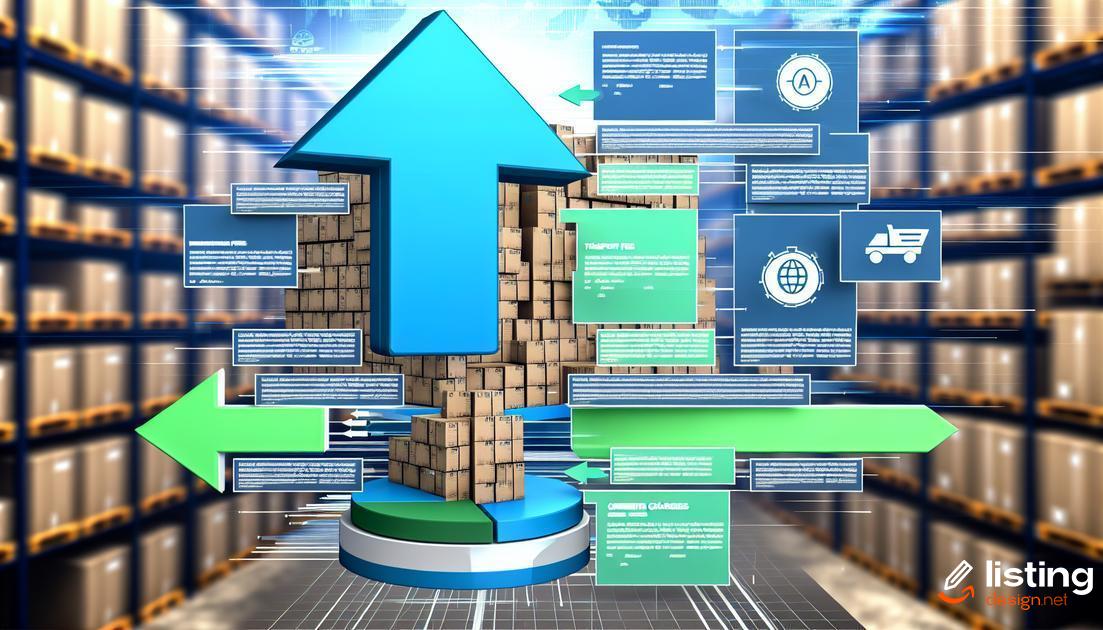
Amazon FBA (Fulfillment by Amazon) comes with multiple fees that sellers need to consider. While these fees can impact your profit margins, understanding them is crucial for effective cost management.
Fulfillment Fees
Amazon charges fulfillment fees based on the size and weight of the items. Standard-size items and oversize items have different fee structures. Standard-size items are split into small, medium, and large tiers, while oversize items are divided into special categories such as special oversize.
Here’s a breakdown of these fees:
- Small standard-size item: Charges usually include a pick and pack fee.
- Large standard-size item: Includes a higher pick, pack, and weight handling fee.
- Small oversize item: Accrues additional costs based on dimensional weight.
- Medium, large, and special oversize items: Follow a similar fee structure with varying rates according to size and weight.
Monthly Storage Fees
Amazon also charges for storing inventory in their fulfillment centers. These storage fees are calculated based on the volume occupied by your items.
The monthly storage fees are:
- January – September: The rate per cubic foot of storage is lower during these months.
- October – December: The fee increases to account for the higher demand during the holiday season.
Long-Term Storage Fees
To discourage long-term storage, Amazon imposes additional fees for items stored for over 365 days. Regularly monitor your inventory to avoid these costs.
It’s essential to understand and monitor these fees to maintain profitability and effectively manage your Amazon FBA business.
Monthly Storage Fees
Amazon FBA charges monthly storage fees based on the volume of inventory stored in their fulfillment centers. These fees are calculated on a monthly basis and depend on the time of the year. Typically, the fees are higher during the peak holiday season from October to December.
Standard-Size Storage Fees
For standard-size items, the monthly storage fees vary by the cubic foot:
- January to September: $0.75 per cubic foot
- October to December: $2.40 per cubic foot
Oversize Storage Fees
Oversize items have different fee structures:
- January to September: $0.48 per cubic foot
- October to December: $1.20 per cubic foot
It’s essential for sellers to be aware of these fees and plan their inventory levels accordingly, especially during the high-demand holiday season. Keeping a close eye on your inventory can help manage costs effectively.
Fulfillment Fees Explained
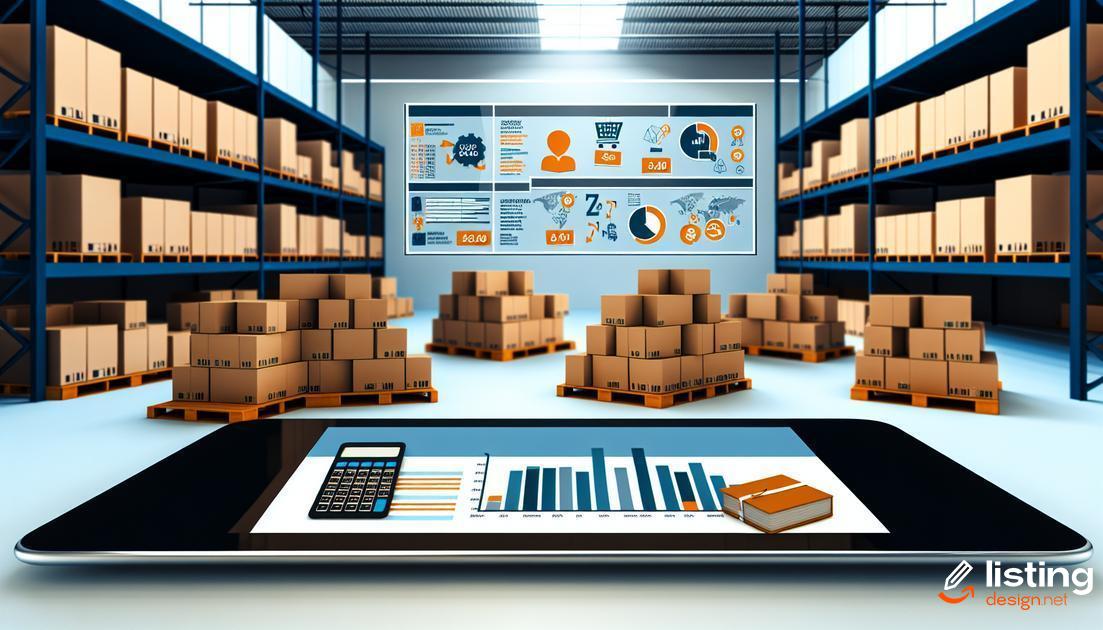
When utilizing Amazon FBA, fulfillment fees are incurred for the services that Amazon provides to store, pick, pack, and ship your products. These fees are structured based on the size and weight of the items.
Standard-Size Items
For standard-size items, the fees are calculated based on the item’s weight and the ease of handling. Typically, the charges cover:
- Basic Fulfillment Fee: This fee includes picking, packing, and shipping your items.
- Additional Weight Handling Fee: Applies if the item exceeds a certain weight threshold and incurs additional costs for handling.
Oversize Items
Items classified as ‘oversize’ have higher fulfillment fees due to the increased space and resources required. These fees include:
- Basic Fulfillment Fee: Covers the core services of picking, packing, and shipping but at a higher rate due to the item size.
- Special Handling Fee: An extra charge for items requiring special care or equipment during handling and shipping.
Factors Affecting Fulfillment Fees
Several factors can affect the fulfillment fees:
- Product Dimensions: Larger items take up more storage space and require more resources to process, hence higher fees.
- Product Weight: Heavier items incur additional costs for shipping and handling.
- Packaging Requirements: Items needing special packaging or additional protection result in increased fulfillment costs.
Amazon FBA Cost Calculator
One of the essential tools for sellers on Amazon is the Amazon FBA Cost Calculator. This calculator helps sellers estimate their costs and potential profits by considering various factors.
The Amazon FBA Cost Calculator considers a range of expenses. Firstly, it analyzes the product cost, including purchase price and shipping to Amazon’s fulfillment centers. Secondly, it evaluates the Amazon FBA fees, such as monthly storage fees and fulfillment fees.
Additionally, the calculator includes the selling price of the product, which is critical for calculating profit. Understanding these elements can aid in making informed decisions about pricing and product selection.
Using an accurate cost calculator allows sellers to identify all potential expenses and determine the profitability of their ventures. Whether a novice or an experienced seller, leveraging this tool can significantly impact your Amazon FBA business success.
For optimal results, enter precise data into the calculator. Accurate numbers provide a better understanding of the actual costs and profit margins involved.
Shipping to Amazon FBA
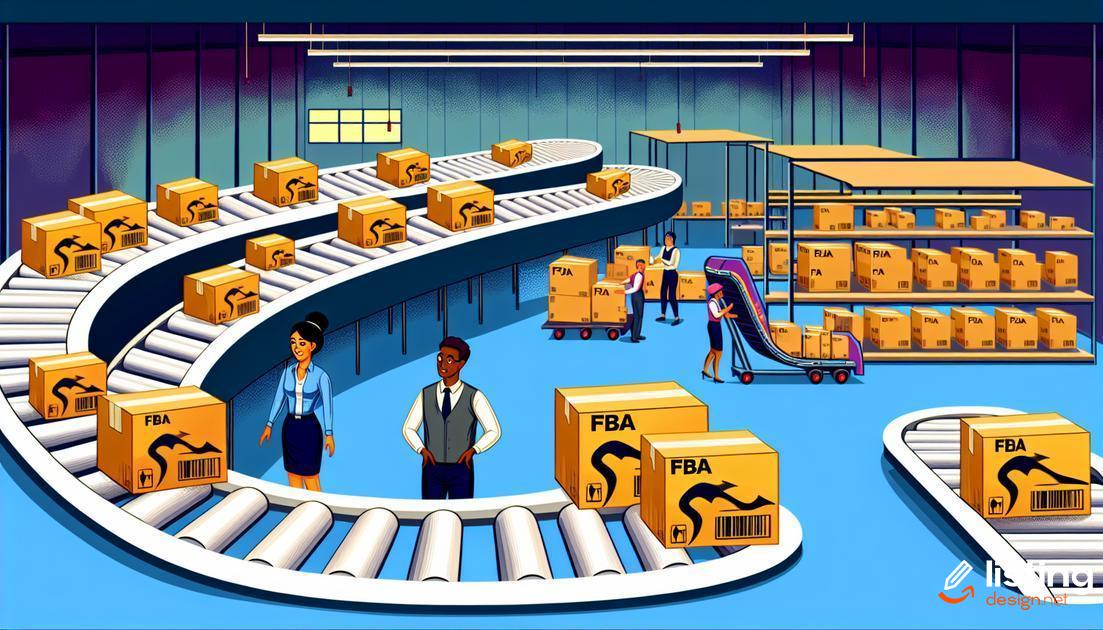
When shipping to Amazon FBA, it is crucial to follow Amazon’s preparation and shipping guidelines to ensure smooth processing. Start by labeling your products correctly with Amazon barcodes. Utilize Amazon partnered carriers for cost-effective shipping solutions. Carefully package items to avoid damage during transit. Once your inventory reaches the fulfillment centers, Amazon takes care of storage and final delivery to customers. Efficiently managing your shipping process can significantly impact your overall FBA expenses and customer satisfaction.
Managing Returns Costs
One of the overlooked expenses when using Amazon FBA is the cost associated with managing returns. Returns are an inevitable part of any retail business, and handling them efficiently is crucial for maintaining customer satisfaction and keeping costs in check.
Return Processing Fees
When a customer returns a product, Amazon charges a return processing fee. This fee typically includes the cost of receiving the returned item, inspecting it for damages, and restocking it into inventory. These fees can vary depending on the product category and the size of the item.
Impact on Profit Margins
Returns can significantly impact your profit margins, particularly if they occur frequently. Excessive returns not only lead to additional fees but also increase the workload and operational costs. It’s essential to analyze return rates and work on minimizing them through quality control and accurate product descriptions.
Customer Dissatisfaction
High return rates can be a sign of customer dissatisfaction. Negative reviews and high return rates can harm your seller ratings on Amazon, making it necessary to address the root causes of returns.
Strategies to Manage Returns Costs
- Improve Product Listings: Providing detailed and accurate product information helps set customer expectations correctly, reducing the likelihood of returns.
- Enhance Quality Control: Ensuring that products meet quality standards before shipping can help reduce returns due to defects or dissatisfaction.
- Offer Excellent Customer Service: Resolving issues promptly and offering solutions such as refunds or replacements can help maintain customer loyalty despite returns.
- Analyze Return Data: Regularly reviewing return data can help identify patterns and common issues that lead to returns, enabling you to address these proactively.
By proactively managing returns, you can reduce the associated costs and maintain a positive relationship with your customers.
Hidden Fees to Watch Out For

When selling on Amazon FBA, sellers can encounter several hidden fees that can impact their profitability. It’s crucial to understand these costs to manage your business effectively.
Long-term Storage Fees: If your inventory remains in Amazon’s warehouse for more than 365 days, you’ll incur long-term storage fees. These fees can significantly increase your storage costs.
Labeling and Prep Fees: Amazon requires specific labeling and packaging for your products. If you do not comply with these requirements, Amazon will perform these tasks for you but will charge a fee.
Removal and Disposal Fees: If you need to remove unsold inventory from Amazon’s warehouses, there are fees associated with either returning the items to you or disposing of them.
Unplanned Services Fees: Sometimes, items arrive at the fulfillment center with issues such as poor packaging or incorrect barcodes. Amazon offers unplanned services to correct these issues, but at an additional cost.
Refund Administration Fees: When a customer returns a product, Amazon charges a refund administration fee. This can affect your margins if returns are frequent.
By being aware of these hidden fees, sellers can better anticipate costs and protect their bottom line when using Amazon FBA.
Tips to Reduce Your Amazon FBA Costs
Reducing Amazon FBA costs is crucial for maintaining a healthy profit margin. Here’s how you can keep your expenses in check.
Optimize Inventory Levels
One of the key strategies is to optimize your inventory levels. Overstocking can lead to high storage fees, while understocking could mean missed sales opportunities. Use Amazon’s forecasting tools to balance your inventory effectively.
Use the Right Packaging
Amazon FBA charges fees based on product size and weight. By choosing the right packaging, you can keep your items within more affordable tiers. Opt for packaging that provides adequate protection without excessive bulk.
Leverage Amazon’s Discounts and Promotions
Take advantage of Amazon’s fee promotions and discounts. During certain periods, Amazon offers reduced shipping fees or waives specific costs. Stay updated with Amazon’s latest offers to maximize your savings.
Monitor and Rotate Inventory
Regularly monitoring and rotating your inventory can minimize long-term storage fees. Consider using the First-In-First-Out (FIFO) method to ensure older inventory sells first, reducing the likelihood of incurring long-term storage charges.
Utilize Amazon’s Removal and Disposal Services
If certain items aren’t selling, use Amazon’s removal or disposal services to avoid long-term storage fees. While there is a cost to this service, it’s often cheaper than paying ongoing storage fees for unsold inventory.
Bundle Products When Possible
Bundling products can often result in lower per-item fulfillment costs. By combining related items into one listing, you can reduce the number of individual fees and improve the overall customer value proposition.
Analyze Return Rates and Adjust Listings
High return rates can significantly impact your bottom line. Analyze the reasons behind returns and adjust your listings accordingly, whether it’s updating descriptions, providing more detailed images, or improving product quality.
Optimize Your Pricing Strategy
Implement a dynamic pricing strategy to stay competitive. Use repricing tools to automatically adjust prices based on market demand, which can help increase your sales volume and better manage inventory.
By employing these strategies, you can effectively reduce your Amazon FBA costs and enhance profitability.
Comparing Amazon FBA with Other Fulfillment Options
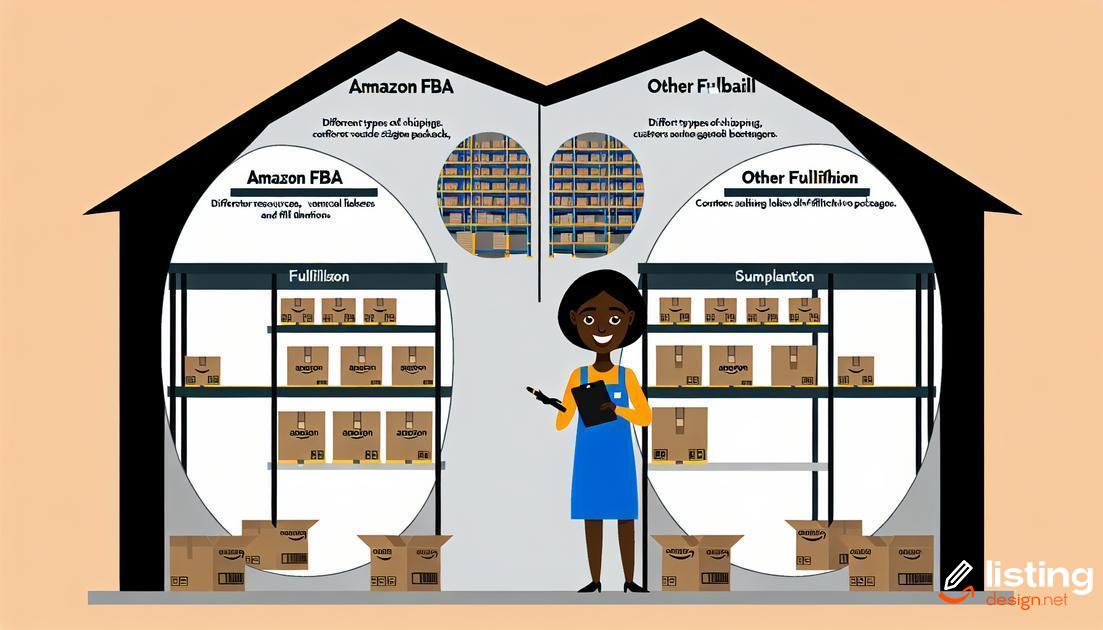
When evaluating fulfillment options, it’s crucial to recognize how Amazon FBA stacks up against other methods. For many sellers, Amazon FBA is convenient because Amazon handles storage, packaging, and shipping. However, the costs can be higher compared to other fulfillment strategies.
Third-Party Logistics (3PL): These providers offer customized logistics solutions and can be more flexible than Amazon FBA. With a 3PL, businesses often benefit from tailored services and possibly lower storage fees. Plus, the control over branding and customer experience remains in the seller’s hands.
Self-Fulfillment: This option gives sellers full control over the order processing and shipping process. It’s usually the most cost-effective if the seller has the capacity and resources to handle logistics internally. However, it requires significant investment in time and infrastructure.
Each fulfillment option has its pros and cons. Amazon FBA offers a hands-off approach at a cost, while 3PL might be a middle ground providing some flexibility. Self-fulfillment allows complete control but demands more effort from the seller.
Is Amazon FBA Worth It?
When evaluating if Amazon FBA is worth it for your business, it’s important to consider several factors. First, look at the initial investment and ongoing costs. Amazon FBA comes with various fees, such as storage costs and fulfillment fees.
Another crucial element is the efficiency and convenience Amazon FBA provides. The service manages a large portion of your logistical operations, such as packing, labeling, and shipping.
Look at time savings as well. If you value your time or if logistics are not your strong suit, Amazon FBA can offer a significant business advantage.
Additionally, consider the scale and reach Amazon FBA offers. Leveraging Amazon’s massive marketplace can potentially increase your customer base and sales.
Lastly, reflect on the customer service element. Amazon handles customer service issues, including returns, which can save you time and resources.
Weighing these factors will help you determine if Amazon FBA aligns with your business goals and if the benefits outweigh the costs.
Conclusion and Final Thoughts

When evaluating the overall costs of using Amazon FBA, it’s essential to consider every fee and expense you might encounter. From storage fees to fulfillment fees, and even potential hidden costs, having a detailed understanding will enable you to manage your budget more effectively. Moreover, employing strategies to reduce your Amazon FBA costs can result in significant savings, improving your profit margins. By comparing various fulfillment options and analyzing the benefits and drawbacks, you can make an informed decision that best suits your business needs. Whether Amazon FBA is worth it for your business depends on careful financial planning and periodic review of expenses to ensure sustainable growth.

